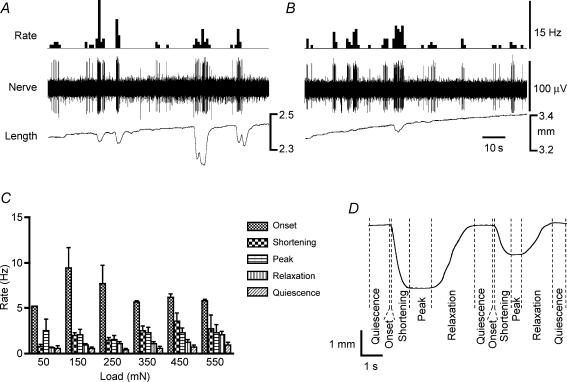Figure 5. Firing of mechanoreceptors under maintained stretch, and analysis of how mechanoreceptor firing was related to contractile activity of the preparations during maintained stretch.
A, typical recording of contractions, measured as changes of length, during maintained circumferential stretch by a 20 mN load. Afferent activity was associated with contractile activity. B, during maintained circumferential stretch by a 50 mN load, contractions were no longer detectable and most bursts of afferent activity could not be associated with measurable contractions. C, probability of firing shown as rate (number of action potentials divided by total duration of each phase) during each phase of contraction. Note that the highest probability of firing was associated with the onset of contraction (defined as < 200 ms from initial deflection). This association was less marked with higher loads, reflecting the relative inability of the preparation to shorten against heavy counterweights. D, typical recording of muscular contractions divided into the phase definitions. Onset, shortening of the tissue that is presumably contractile activity, peak of contraction when the tissue is neither accelerating nor decelerating, relaxation as the tissue lengthens and quiescence when the tissue is not active.

